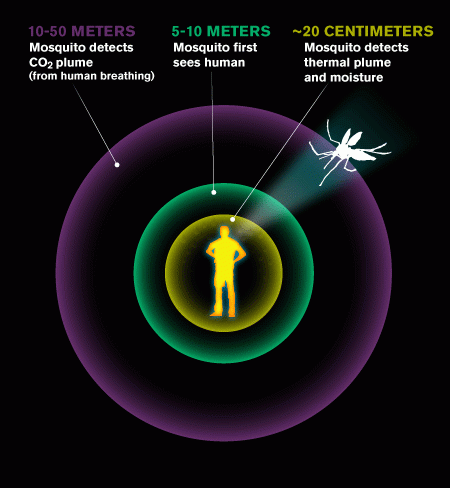You know you have not yet been officially welcomed in Cambodia unless you have been greeted by mosquitoes. On the night of my arrival, I received two bites within the first ten minutes of making my way through TSA. Even at 1am, the air felt humid. Mosquitoes could be seen left and right. My body begged for a splash of ice cold water and to bask in an air-conditioning room. After over 2 days of air transit to get to Cambodia, I was also ready to dive into a queen-sized bed. A mosquito-less slumber that followed that night was definitely icing on the cake.

It then got me curious of this mosquito deal. You and I know very well and are fast to respond to a mosquito nuisance; we rush to a room of cold air and rub to soothe our irritated skin. And it’s always in the hot, clammy environment that we face these cold-blooded suckers. The current Zika outbreak, accidental discovery through my boss that only female mosquitoes bite, and their incessant attacks as I am typing this prompted me to write this up.
To come to think of it, these “little flies” are rather smart, at least from a biological standpoint. By this, I don’t only mean it because mosquitoes capitalize on dusk when their preys are in the most vulnerable position. After getting attacked by them at a number of places, I have found that even though our face is just as exposed and contain comparably as many blood vessels as equivalent areas of certain appendage or torso regions, the face is rarely the targeted site. On the other hand, the leg, where the blood vessels are dense and heavily intertwined, is the most popular attraction for these visitors. Perhaps the mosquitoes do realize how quickly we will identify and retaliate for their bites. After all, given the abundance of cranial nerves and the time it takes for the sensory stimulus to travel from our face to our brain, their rate of success is enhanced, by a fraction of a second, if they home in on the region such as the leg, which is less innervated but blood vessels dense.
Another possibility is that mosquitoes are aware of the human body makeup, a knowledge possibly passed down from generation to generation, and therefore home in on the specific regions of their host for the extraction of particular nutrients. Should that be true. It is only to prove how much more clever mosquitoes are. And this can also imply that we both share some fragments of genetic makeup which mark for specific nutrients `without which the bug cannot survive. We’ll have to wait for science to unfold. Or, I have just simply gone mad to think of this idea.
Back to where I left off, I also find it fascinating that mosquitoes detect the presence of their preys by smell, sight, and heat as suggested by a Caltech study. The carbon dioxide, the waste product of our respiration, is the chemical messenger recognized by a receptor in mosquitoes that beckons them over. Breathing as a result is a callout to the mosquitoes that you are here. They also guide themselves to you by sight should you try to hold your breath. But thankfully (for now), if you are close enough to them, they won’t be able to spot you as a result of the anatomy of their orbits, which are separated by a lengthy glabella. However, since you are close enough, now they can sense your presence by the energy you emit, heat. These three triple feeding mechanisms complement one another and enable this insect to be an efficient sucker. What a “beautiful” creation.

And I think, if I may, there is also an underlying symbolic, social significance between the feminine genes and perseverance/survival traits, as displayed by the mosquito “society”. Contrary to our anthropo-societal norm, the females are touted as the “breadwinner” in the mosquito world. Both genders of mosquito population feed on nectar. However, nutrients beyond those in nectar such as proteins found in blood are needed for egg development. For this reason, the females–whether guided by their genes or situational attribution, or both–risk their lives and scavenge for blood in the name of reproduction, in the name of preserving the species’ place in the evolution tier.

The “culture” of these female mosquitoes could single-handedly depose the dominance of machismo, which has been perpetuating gender inequality in the human world. The gender role in population of mosquito can also serve as a model for us, the masculine who are historically and culturally wired to view females inferiorly, to view femininity with more appreciation, recognition, and respect. More importantly, it is to show that it’s due to the perseverance of those who bear through gestation that there is today for all of us. Male is no exception!
